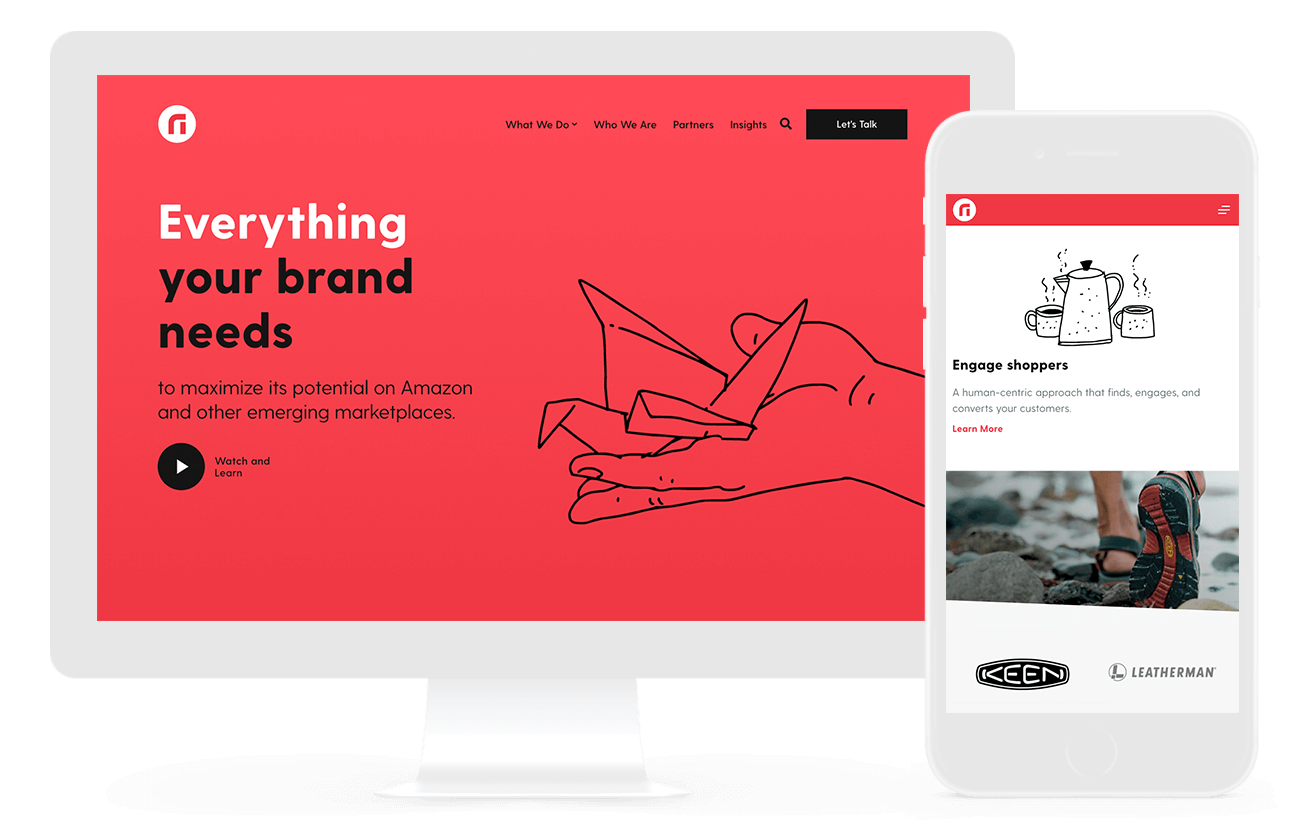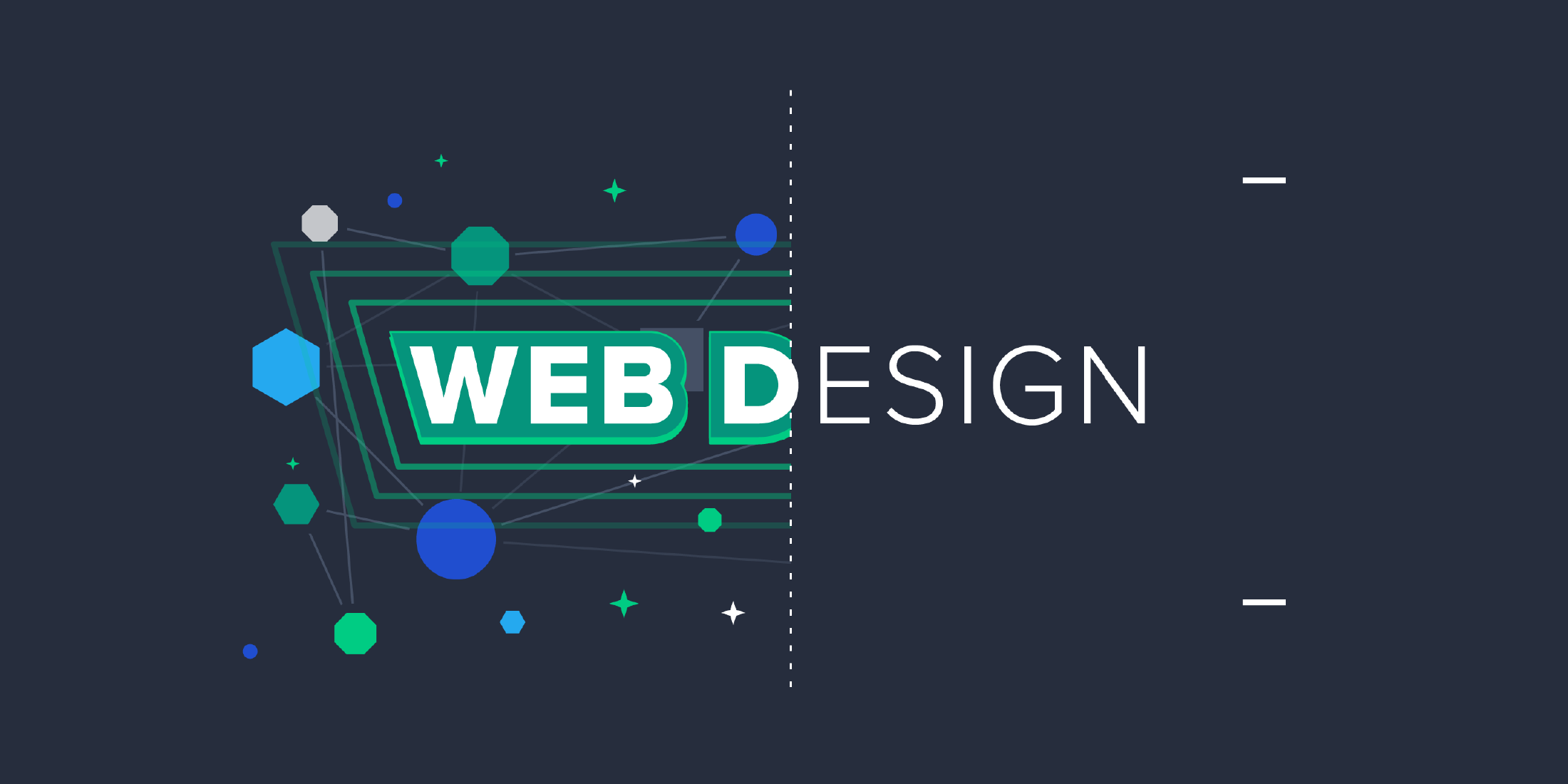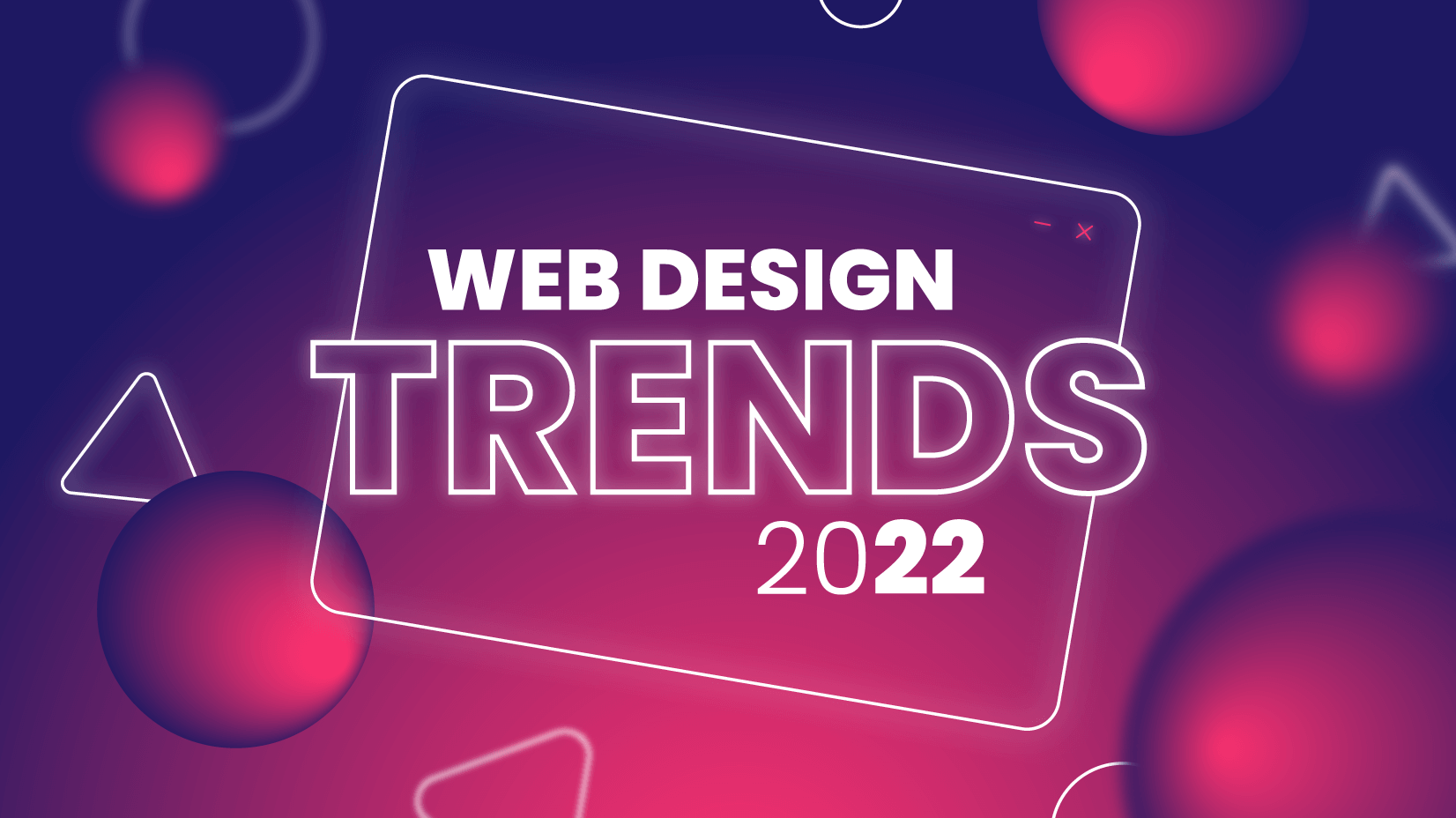All Categories
Featured
Table of Contents
- – Design Principles - U.s. Web Design System (Us...
- – Penner Home - Durham Web Design - Penner Web ...
- – Minneapolis Web Design - 100+ Five Star Revie...
- – Web Design And Applications - W3c Tips and Tr...
- – Web Design Studio & Digital Marketing Agency ...
- – The Leader In Website Design – Squarespace Ti...
- – What Does A Web Designer Do? - Careerexplore...
- – Web Design Certificate - Web Development Cer...
- – 34 Of The Best Website Designs To Inspire Yo...
- – Web Design Inspiration : The Best Website De...
- – Web Developers And Digital Designers - Burea...
Design Principles - U.s. Web Design System (Uswds) Tips and Tricks:
Quick summary Use and the energy, not the visual design, determine the success or failure of a site. Given that the visitor of the page is the only person who clicks the mouse and therefore chooses whatever, user-centric design has developed as a basic method for effective and profit-oriented website design - web design frederick md.
and the utility, not the visual style, determine the success or failure of a site. Because the visitor of the page is the only person who clicks the mouse and for that reason chooses whatever, user-centric style has ended up being a basic approach for effective and profit-oriented website design. If users can't use a function, it might as well not exist.
g. where the search box must be placed) as it has actually already been performed in a variety of short articles; instead we focus on the methods which, used properly, can cause more sophisticated style decisions and streamline the process of perceiving provided information. Please notice that you may be thinking about the usability-related short articles we have actually released prior to: Principles Of Good Website Style And Efficient Web Design Guidelines, In order to use the principles properly we first need to comprehend how users communicate with websites, how they think and what are the basic patterns of users' behavior.
Penner Home - Durham Web Design - Penner Web Design ... Tips and Tricks:
Visitors glance at each brand-new page, scan a few of the text, and click the very first link that captures their interest or vaguely looks like the important things they're searching for. In truth, there are big parts of the page they do not even take a look at. Many users look for something interesting (or helpful) and clickable; as soon as some appealing candidates are found, users click.
If a page provides users with top quality material, they want to jeopardize the material with advertisements and the design of the website. This is the reason why not-that-well-designed websites with premium content get a lot of traffic over years. Material is more crucial than the design which supports it.

Users don't check out, they scan. Notice how "hot" areas abrupt in the middle of sentences. This is normal for the scanning procedure. Very easy concept: If a website isn't able to meet users' expectations, then designer stopped working to get his task done properly and the company loses money. The higher is the cognitive load and the less instinctive is the navigation, the more prepared are users to leave the website and search for options.
Minneapolis Web Design - 100+ Five Star Reviews - Seo ... Tips and Tricks:
Neither do they scan webpage in a direct fashion, going sequentially from one website area to another one. Rather users satisfice; they choose the very first sensible choice. As quickly as they find a link that appears like it might result in the objective, there is a great opportunity that it will be instantly clicked.
It does not matter to us if we comprehend how things work, as long as we can use them. If your audience is going to imitate you're creating billboard, then design fantastic signboards." Users wish to be able to control their internet browser and rely on the consistent information discussion throughout the site.
If the navigation and site architecture aren't intuitive, the number of question marks grows and makes it harder for users to comprehend how the system works and how to receive from point A to point B. A clear structure, moderate visual ideas and easily recognizable links can help users to find their course to their goal.
Web Design And Applications - W3c Tips and Tricks:
claims to be "beyond channels, beyond items, beyond distribution". What does it suggest? Because users tend to explore sites according to the "F"-pattern, these three declarations would be the very first elements users will see on the page once it is loaded. The style itself is simple and intuitive, to comprehend what the page is about the user requires to search for the response.
When you have actually attained this, you can interact why the system is useful and how users can benefit from it. Don't Squander Users' Patience, In every task when you are going to offer your visitors some service or tool, attempt to keep your user requirements very little.
First-time visitors are willing to, not filling long web types for an account they may never utilize in the future. Let users check out the website and find your services without forcing them into sharing personal data. It's not affordable to force users to go into an email address to test the function.
Web Design Studio & Digital Marketing Agency • Gravitate Tips and Tricks:
Stikkit is an ideal example for an user-friendly service which needs nearly absolutely nothing from the visitor which is inconspicuous and soothing. Which's what you want your users to feel on your web website. Apparently, Termite needs more. The registration can be done in less than 30 seconds as the type has horizontal orientation, the user does not even need to scroll the page.
A user registration alone is adequate of an obstacle to user navigation to cut down on incoming traffic. Handle To Focus Users' Attention, As sites supply both static and vibrant content, some elements of the user interface attract attention more than others do.
Focusing users' attention to specific locations of the site with a moderate usage of visual elements can assist your visitors to receive from point A to point B without thinking about how it actually is expected to be done. The less concern marks visitors have, the they have and the more trust they can develop towards the business the site represents.
The Leader In Website Design – Squarespace Tips and Tricks:
4. Pursue Feature Exposure, Modern website design are usually criticized due to their method of guiding users with aesthetically appealing 1-2-3-done-steps, big buttons with visual effects etc. From the style viewpoint these components really aren't a bad thing. On the contrary, such as they lead the visitors through the website material in a really simple and easy to use method.
The site has 9 main navigation choices which are noticeable at the first glimpse. What matters is that the content is well-understood and visitors feel comfortable with the method they interact with the system.
Rather a rate: just what visitors are looking for. An optimal option for reliable writing is touse brief and concise expressions (come to the point as rapidly as possible), use scannable design (classify the content, use numerous heading levels, utilize visual aspects and bulleted lists which break the circulation of uniform text blocks), usage plain and unbiased language (a promotion does not require to sound like ad; give your users some affordable and unbiased reason why they should use your service or remain on your website)6.
What Does A Web Designer Do? - Careerexplorer Tips and Tricks:
Users are rarely on a website to take pleasure in the style; moreover, most of the times they are looking for the details in spite of the style - web design frederick md. Aim for simpleness rather of intricacy. From the visitors' perspective, the best site style is a pure text, without any ads or additional material obstructs matching precisely the query visitors used or the content they have actually been trying to find.
Finch plainly provides the info about the website and gives visitors a choice of alternatives without overcrowding them with unneeded content. 7. Do not Hesitate Of The White Area, Really it's actually tough to overestimate the value of white space. Not only does it assist to for the visitors, but it makes it possible to perceive the details presented on the screen.
Complex structures are harder to read, scan, evaluate and work with. If you have the choice in between separating two style sectors by a noticeable line or by some whitespace, it's usually much better to utilize the whitespace solution. (Simon's Law): the better you handle to supply users with a sense of visual hierarchy, the much easier your material will be to view.
Web Design Certificate - Web Development Certificate Program Tips and Tricks:
The very same conventions and rules need to be applied to all elements.: do the most with the least quantity of hints and visual components. 4 major indicate be thought about: simplicity, clarity, diversity, and focus. Simpleness consists of just the elements that are crucial for communication. Clarity: all components should be created so their meaning is not uncertain.
Conventions Are Our Friends, Standard style of site elements doesn't result in a dull web website. It would be a functionality headache if all websites had various visual discussion of RSS-feeds.
comprehend what they're anticipating from a website navigation, text structure, search positioning etc. A common example from functionality sessions is to translate the page in Japanese (presuming your web users do not understand Japanese, e. g. with Babelfish) and provide your usability testers with a task to find something in the page of different language.
34 Of The Best Website Designs To Inspire You In 2022 Tips and Tricks:
Steve Krug suggests that it's much better to, however make the most of conventions when you do not. 10. Test Early, Test Typically, This so-called TETO-principle must be used to every web design project as use tests typically supply into considerable problems and concerns connected to a given layout. Test not too late, not insufficient and not for the wrong factors.
Some important points to remember: according to Steve Krug, and testing one user early in the task is much better than testing 50 near the end. Accoring to Boehm's first law, mistakes are most frequent throughout requirements and style activities and are the more expensive the later on they are eliminated.
That suggests that you develop something, test it, fix it and after that test it once again. There may be problems which haven't been discovered throughout the preliminary as users were practically blocked by other issues. functionality tests. Either you'll be pointed to the issues you have or you'll be indicated the absence of significant style flaws which remains in both cases a helpful insight for your project.
Web Design Inspiration : The Best Website Design Ideas Tips and Tricks:

This holds for designers also. After you have actually worked on a website for couple of weeks, you can't observe it from a fresh point of view any longer. You understand how it is constructed and therefore you understand exactly how it works you have the wisdom independent testers and visitors of your site wouldn't have.
It can be connected to other locations such as graphic style, user experience, and multimedia arts, but is more appropriately seen from a technological perspective. It has actually become a large part of people's everyday lives. It is tough to envision the Web without animated graphics, different styles of typography, background, videos and music.

Throughout 1991 to 1993 the Internet was born. Text-only pages might be seen utilizing a simple line-mode internet browser. In 1993 Marc Andreessen and Eric Bina, developed the Mosaic internet browser. At the time there were multiple browsers, however most of them were Unix-based and naturally text heavy. There had actually been no integrated technique to graphic style aspects such as images or sounds.
Web Developers And Digital Designers - Bureau Of Labor ... Tips and Tricks:
The W3C was produced in October 1994 to "lead the Internet to its full potential by establishing common protocols that promote its advancement and guarantee its interoperability." This dissuaded any one business from monopolizing a propriety internet browser and programming language, which might have modified the impact of the Web as a whole.
As this has actually occurred the innovation of the web has also proceeded. There have actually also been considerable changes in the method people utilize and access the web, and this has actually altered how websites are created. Since completion of the web browsers wars [] new browsers have actually been released. A lot of these are open source indicating that they tend to have faster development and are more encouraging of brand-new requirements.
Learn more about Lovell Media Group LLC or TrainACETable of Contents
- – Design Principles - U.s. Web Design System (Us...
- – Penner Home - Durham Web Design - Penner Web ...
- – Minneapolis Web Design - 100+ Five Star Revie...
- – Web Design And Applications - W3c Tips and Tr...
- – Web Design Studio & Digital Marketing Agency ...
- – The Leader In Website Design – Squarespace Ti...
- – What Does A Web Designer Do? - Careerexplore...
- – Web Design Certificate - Web Development Cer...
- – 34 Of The Best Website Designs To Inspire Yo...
- – Web Design Inspiration : The Best Website De...
- – Web Developers And Digital Designers - Burea...
Latest Posts
Html Responsive Web Design - W3schools Tips and Tricks:
Web Design Projects - Behance Tips and Tricks:
Mrw Web Design - Wordpress Websites For Nonprofits ... Tips and Tricks:
More
Latest Posts
Html Responsive Web Design - W3schools Tips and Tricks:
Web Design Projects - Behance Tips and Tricks:
Mrw Web Design - Wordpress Websites For Nonprofits ... Tips and Tricks: